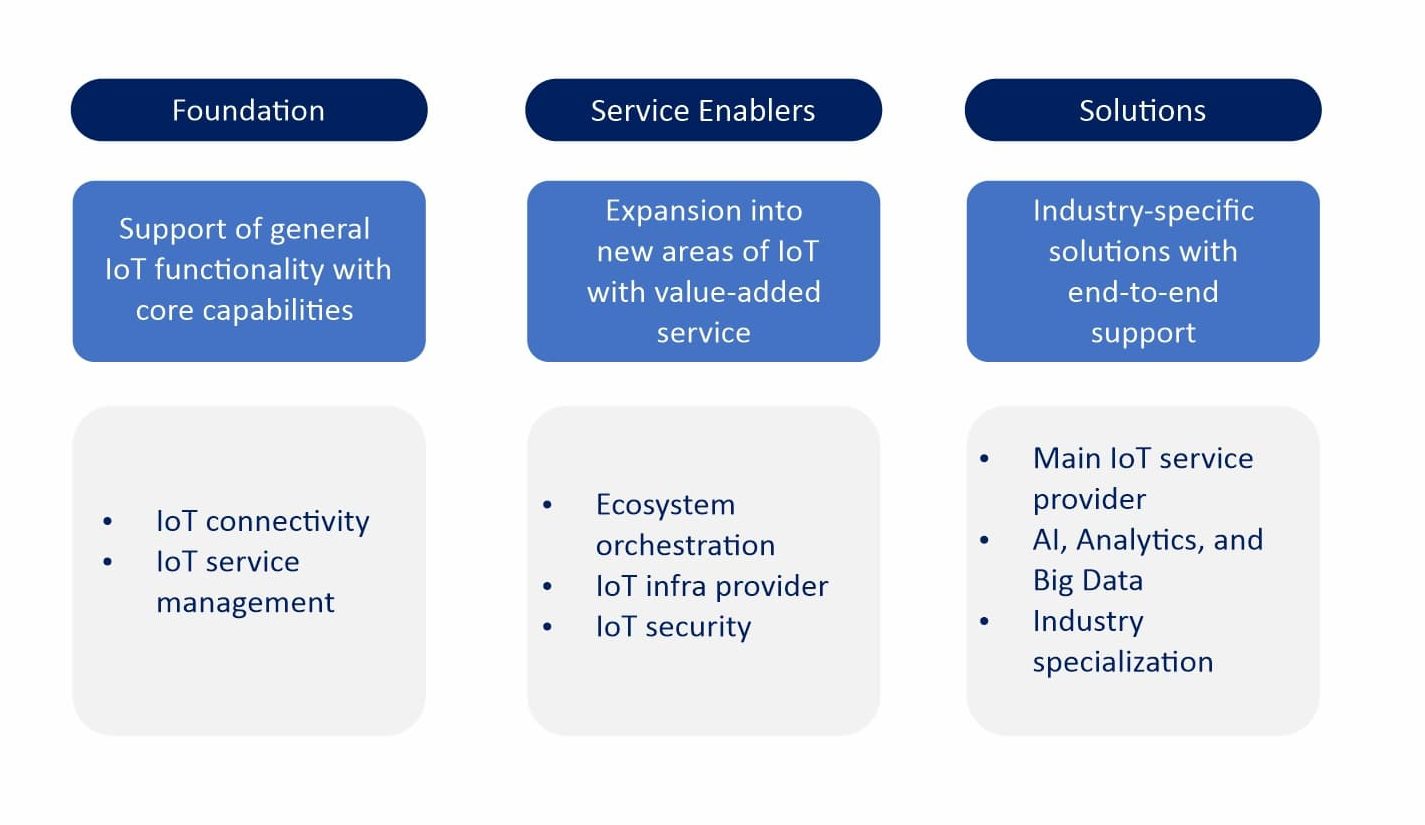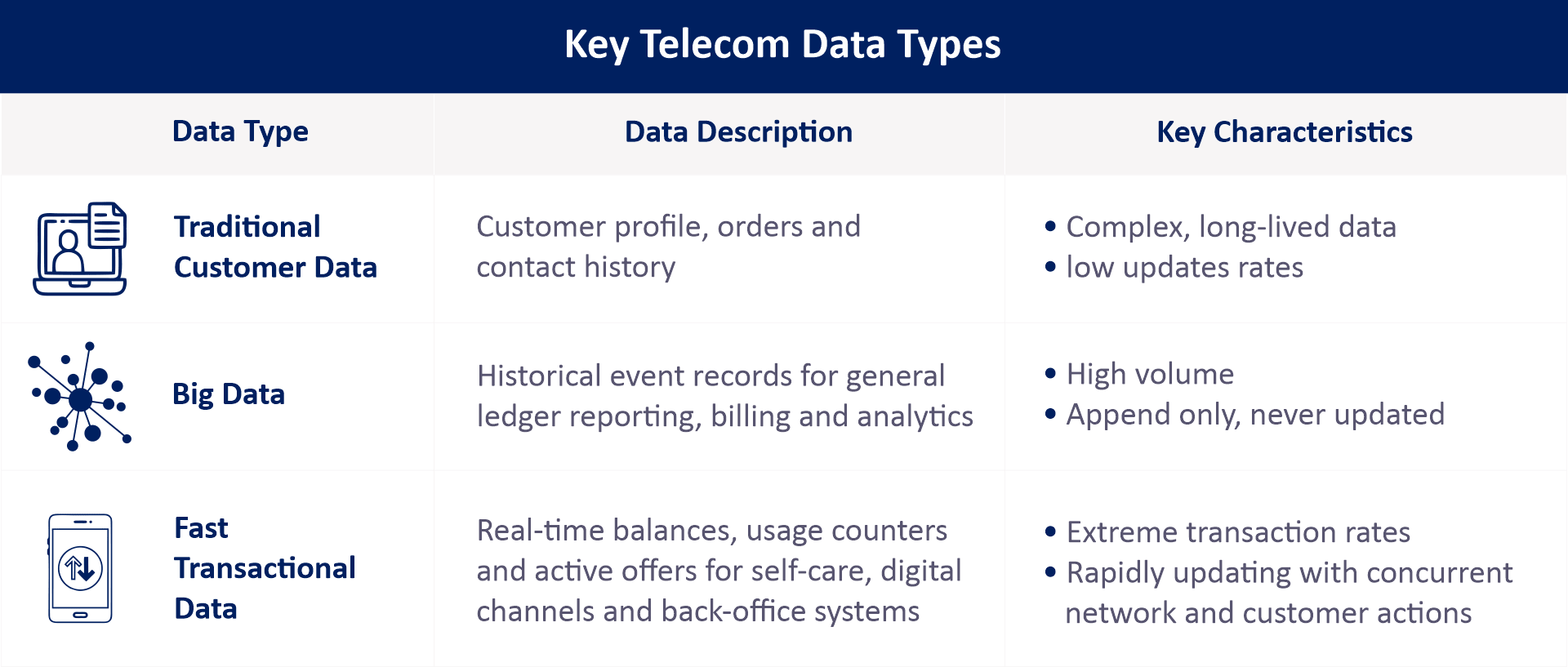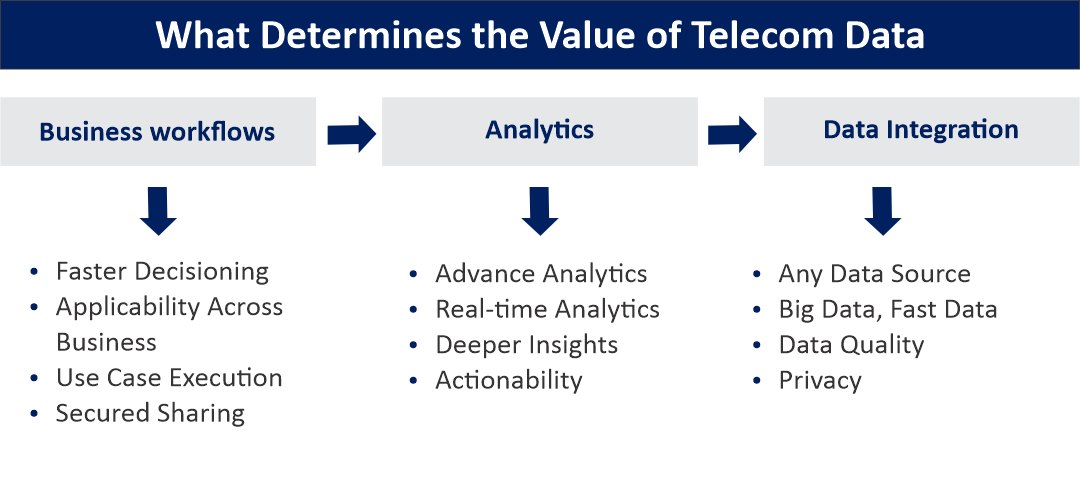5G & IoT: Ushering a New Era for the Telecom Industry
November 12, 2020

The combined effect of the next generation Telecom (5G) and the Internet of Things (IoT) is creating significant disruption to several industries. The benefits of new standards of speed and bandwidth will be seen through the innovation lens of connected cars in the automotive sector, connected cameras in smart cities/homes, machine-to-machine communication in healthcare, and many such cases in retail and manufacturing. The greater capacity and reduced latency created through 5G will bring an efficient and seamless end-user experience. With 5G deployments, the IoT era will truly be unleashed.
The telecom sector's IoT market opportunity is estimated to grow from $29.08 billion to $56.6 billion by 2023 (IDC). Powered by 5G, edge computing, Artificial Intelligence and multi-access edge figuring (MEC), Telecom offers IoT the power to enable communication directly with and between devices. The new and innovative ways would pave the competitive and operational advantages that IoT can provide.
Telecom's Role in Driving Transformation Across Industries
Telecom can promote the development of IoT services across all major industries, particularly Energy and Resources, Transportation, Manufacturing, Agriculture, Government, Healthcare, and Retail. For example, Telecom enables manufacturing companies to monitor equipment in real-time. Mobile Telecom networks (e.g., LTE-V) make it possible for autonomous vehicles to communicate with one another. And Telecom can support healthcare payers and providers in implementing and managing IoT solutions.
The table below showcases the roles of Telecom operators in the IoT space.

Telecom also plays a role in a wide range of IoT innovations.
| Data Analytics | Using IoT, Telecom operators can gather large volumes of critical data that can be used to generate insights and develop predictive models. |
| Low Power WAN | Telecom can act as a service provider by using low power WAN to enable machine-to-machine communications. |
| Physical Security | Remote sites can be connected by IoT-enabled smart cameras and beacons to improve security. |
| Safety Hazards | Companies can use IoT to monitor their sites for safety hazards and reduce losses due to incidents of natural disasters. |
| Location Services | Mobile networks can be used to develop enhanced location services using smartphones with proximity sensors. |
Use Case – 5G and IoT driving New Data-Driven Business Models
In countries where 5G is launched, remarkable growth could be seen in mobile data traffic. Reason? 5G's inherent capability to deliver significantly faster data rates, higher availability, low latency, and cheaper cost per bit makes it easier to use and share Ultra High Definition (UHD), Augmented Reality (AR), and Virtual Reality (VR) content. 5G will connect massive amounts of embedded sensors, enabled by IoT, in almost everything while supporting extremely low power consumption devices. There will be "smart" everything – from things to sectors – like smart cars, smart cities, smart factories, smart healthcare, smart agriculture, and so on.
To realize and enable the benefits of IoT, Telecom must devise a strategy centred around effective & efficient management of the data generated by the IoT devices. The next step is to validate or redesign their infrastructure for compatibility. The industry also needs to build a robust security network to address the growing volume of data transmissions, legacy technology, and signaling protocol.
The Value of Telecom Data
With the explosive increase in data globally, driving operational intelligence to realize immediate business opportunities is no longer a good-to-have capability. The good news is the telecom industry has an advantage over others owing to the sheer depth and range of data it collects during the normal course of business.

With so much going on, the question that begs to be answered is how to realize the economic value of telecom data? The key is successful and integrated consumption of data in various connected key functions (see image below).

This is where, a strategic use of 5G and IoT can help telecom businesses make the most of the data they collect and step into the new decade with a major competitive edge.
Although it will take a few more years for 5G to meet the market's coverage and density needs, the right approach could accelerate demand and investment. In the meanwhile, the use of IoT will continue to proliferate as existing technologies improve.
ACS Solutions offers a range of IoT related services and solutions for businesses across applicable industry segments – Telecom, Manufacturing, Retail, Healthcare, Energy & Automotive. The offerings are directed to gain an enhanced customer experience & competitive edge through strategic digital transformations that may also involve leveraging IoT and 5G for innovative use cases.
Watch this space for more on how IoT and 5G can help shape new use cases in the Telecom industry.
Contributors:
 Rishi ChoudharyVP, Telecom & Networking Business |  Munish SinghLead, Sales Enablement |

